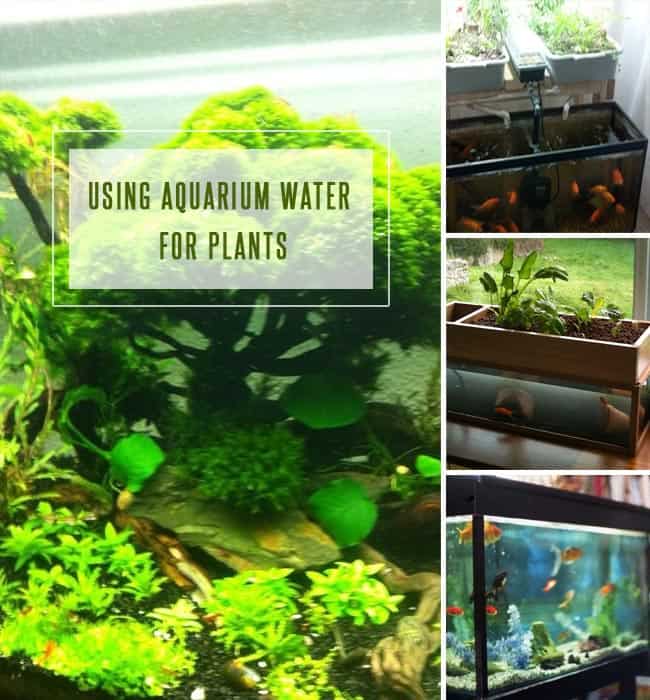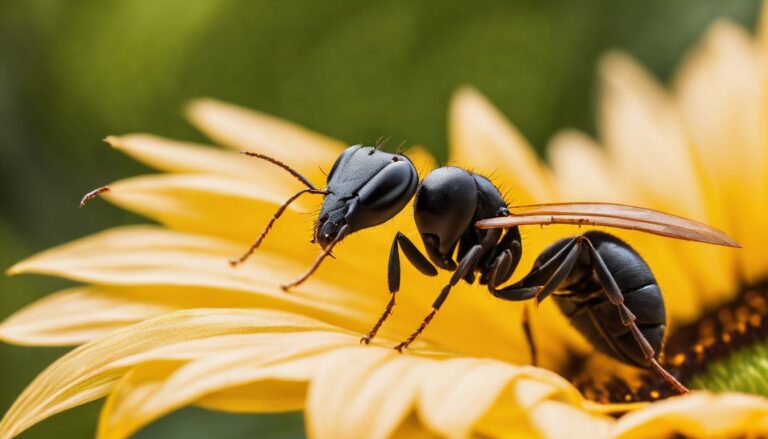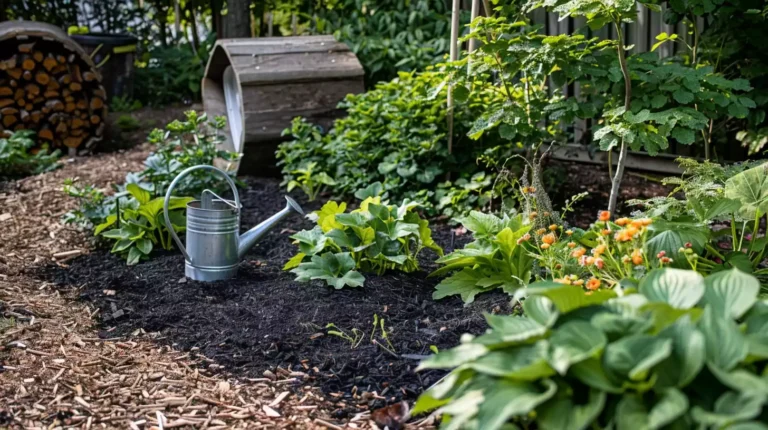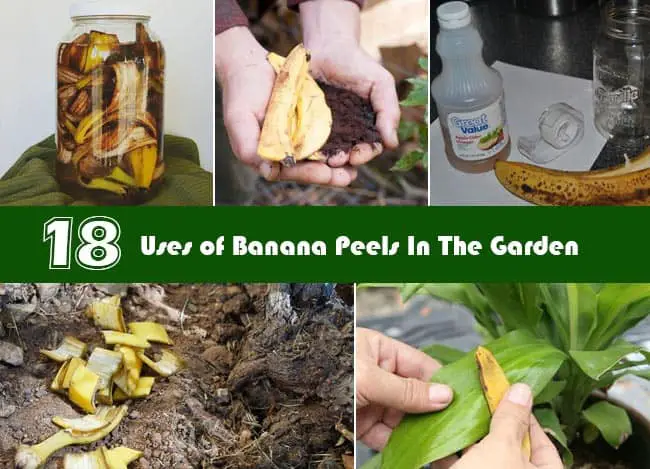How To Get Rid Of Caterpillars On Sunflowers: Proven Methods
If you’ve ever grown sunflowers, you know the joy they bring with their towering height and vibrant blooms. But along with their beauty comes the pesky problem of caterpillars feasting on your precious plants. Don’t worry, we’ve got you covered!
In this blog, we’ll tell you how to get rid of caterpillars on sunflowers and take a deep dive into understanding sunflower pests, specifically caterpillars, and how to get rid of them naturally.
[ez-toc]
Understanding Sunflower Pests: An Overview
Sunflowers can be susceptible to various pests, including caterpillars, aphids, and weevils. These pests can cause significant damage to sunflower plants if not addressed promptly.
Understanding the life cycle and behavior of caterpillars on sunflowers is crucial for effectively managing infestations. Implementing preventive measures such as using row covers or companion planting can help deter caterpillars and other insect pests.
In some cases, organic or chemical insecticides may be necessary to control caterpillar populations.
Regularly monitoring your sunflowers for signs of caterpillar infestation and taking appropriate action can prevent further damage. By being proactive in managing pests, you can ensure the health and beauty of your sunflower garden.
Identifying Caterpillars On Sunflowers
Caterpillars on sunflowers can be identified by their soft bodies, multiple legs, and distinct head capsules. Look for signs of caterpillar feeding, such as chewed leaves or flowers, to confirm their presence. Common species found on sunflowers include the corn earworm and the sunflower moth larva.
To effectively eliminate these pests, use insecticides specifically labeled for caterpillar control. Alternatively, consider using organic pest control methods like handpicking or introducing natural predators to manage caterpillar populations.
Identifying and addressing caterpillar infestations early can help protect your sunflower plants and ensure healthy growth, without the risk of worms.
The Life Cycle Of Caterpillars On Sunflowers
The life cycle of caterpillars on sunflowers involves several stages, from egg to adult butterfly. Understanding these stages is crucial for effectively managing caterpillar populations.
Sunflowers are often targeted by common caterpillar species, such as the corn earworm and sunflower moth larvae. To deter caterpillars from damaging sunflowers, natural and organic methods can be implemented.
These include attracting natural predators, like beetles and wasps, through companion planting. Physical barriers and traps can also be used to protect sunflower plants from older larvae infestations.
By knowing the life cycle and implementing preventive measures, gardeners can successfully control caterpillar populations and enjoy healthy sunflowers with beautiful butterflies, including young larvae.
Damage Caused By Caterpillars On Sunflowers
Caterpillars can wreak havoc on sunflowers and other plants in the vegetable garden by feeding on their leaves, stems, and flower buds.
This feeding activity can result in stunted growth, wilting, and even death of the plants. Caterpillar infestations can attract other pests and diseases to the garden, further compromising the health of the plants.
To prevent extensive damage, it is crucial to identify caterpillars early and take appropriate measures to control their population.
Some effective strategies include handpicking the caterpillars, using organic insecticides, and practicing proper garden hygiene.
By employing these techniques, gardeners can protect their sunflower plants and other vegetables from the detrimental effects of caterpillars.
Signs And Symptoms Of Caterpillar Infestation
Chewed and ragged leaves are a common indication of caterpillar infestation, specifically leaf-eating caterpillars, such as thistle caterpillars, on sunflowers. The presence of caterpillar droppings, known as frass, can also signal an infestation.
Sunflowers with stunted growth or wilting may be affected by caterpillars feeding on the stems or roots. Keep an eye out for caterpillars themselves, which often hide on the underside of leaves. Additionally, if you notice holes or tunnels in sunflower buds or flowers, it could be a result of caterpillar feeding.
When Is The Right Time For Caterpillar Control?
The ideal time for caterpillar control on sunflowers is when you first observe signs of infestation, such as chewed leaves or droppings.
Taking action early can prevent further damage to your plants. Choose insecticides labeled for caterpillar control, whether organic or chemical, for effective management.
Natural Methods To Get Rid Of Caterpillars On Sunflowers
To naturally get rid of caterpillars on sunflowers, there are several effective home remedy methods you can try. First, introduce natural predators like ladybugs or birds to your garden.
They can help keep caterpillar populations in check by feeding on them. Additionally, you can use organic insecticides made from ingredients like neem oil or Bacillus thuringiensis (Bt), which specifically target caterpillars without harming beneficial insects or pollinators.
Another method is to handpick the caterpillars and remove them from your sunflowers. Interplanting companion plants like marigolds or mints can also help repel caterpillars.
Finally, maintaining a healthy garden environment by regularly watering and fertilizing your sunflowers can improve their resilience against pest infestations, making them less susceptible to damage from mammals.
Using Soap And Water
Using a soap and water solution can effectively control caterpillars on sunflowers. You can spray this solution directly on the caterpillars to kill them. The soap suffocates the caterpillars by clogging their breathing pores.
It is important to use a mild and non-toxic soap to avoid harming the sunflower plants. Regularly inspect your sunflowers for caterpillar infestations and treat them as needed. The soap and water method is an eco-friendly way to manage these garden pests without resorting to harmful pesticides.
Applying Neem Oil
Applying neem oil to sunflowers is an effective way to control caterpillars during their growth stage without the use of harmful chemicals. Neem oil acts as a natural pesticide that repels caterpillars and disrupts their growth and development.
Regularly applying neem oil to your sunflower plants can deter caterpillars from feeding on them and prevent infestations.
The best part is that neem oil is safe and does not harm beneficial insects or pollinators. With neem oil as a tool in your garden arsenal, you can say goodbye to caterpillar problems.
Creating A Bird-friendly Habitat
Creating a bird-friendly habitat in your garden can be an effective way to control caterpillar populations on sunflowers. By planting a variety of native plants and shrubs, you can attract sparrows and other birds that will prey on these pests.
Additionally, providing bird feeders and birdbaths will further entice birds to visit your garden. It’s important to avoid using chemical pesticides that may harm the birds or disrupt the natural ecosystem.
Creating sheltered areas with trees or bushes can provide nesting spots for birds, encouraging them to stay in your garden. Incorporating water features like ponds or fountains can also attract birds and create a more bird-friendly habitat.
Can Vinegar Solution Be An Effective Caterpillar Repellent?
A vinegar solution with peppermint can effectively repel caterpillars. Its strong odor acts as a deterrent for pests. To make the solution, mix equal parts water and vinegar in a spray bottle.
Add a few drops of peppermint essential oil and shake well. Spray it directly on sunflowers or affected areas to keep caterpillars away.
Manual Removal Of Caterpillars
Inspect your sunflowers regularly for caterpillar and wireworm larvae presence. Wear gloves and carefully remove any caterpillars you find by hand.
Dispose of the caterpillars in a bucket of soapy water to prevent them from returning. Consider using organic pest control methods, such as introducing natural predators or using insecticidal soap for weed control.
Manual removal is an effective way to get rid of caterpillars on sunflowers without relying on harmful pesticides.
By taking proactive measures and being vigilant, you can protect your sunflower plants from infestations and ensure they thrive as beautiful pollinators attractants.
Precautions to Take While Controlling Caterpillars
When it comes to controlling caterpillars on sunflowers, there are some important precautions to keep in mind. First, it’s crucial to identify the type of caterpillars causing damage to your sunflowers.
This will help you determine the most effective control methods. Consider using organic approaches such as handpicking or insecticidal soaps to control caterpillar populations.
Another option is to encourage natural predators like birds and beneficial insects, which can help to naturally control caterpillars. Physical barriers like netting or row covers can also be effective in protecting sunflowers from caterpillar damage.
It’s important to regularly monitor your sunflowers for signs of caterpillar infestation and take prompt action to prevent further damage.
Maintaining A Caterpillar-free Sunflower Garden
To maintain a caterpillar-free sunflower garden, it is important to identify and remove caterpillars manually, including tent caterpillars.
Regularly inspect your sunflowers, wearing gloves to carefully remove any caterpillars you find by hand. Dispose of them in a bucket of soapy water to prevent their return.
You can also utilize natural predators like birds or beneficial insects to control caterpillar populations.
Creating physical barriers such as netting or row covers can protect your sunflowers from caterpillar infestations.
Employing organic pest control methods like neem oil or insecticidal soap with sunflower seeds can safely deter caterpillars and prevent further damage.
Is Removing Side Shoots from Sunflowers an Effective Way to Prevent Caterpillars?
Removing side shoots from sunflowers may actually attract more caterpillars. This is because the removal can create wounds that release a chemical that attracts caterpillars. Instead, consider companion planting with plants that repel caterpillars, such as dill or marigolds, to effectively prevent infestations.
Final Thoughts
To maintain a caterpillar-free sunflower garden, it’s important to understand the life cycle of caterpillars and the damage they can cause. Identifying caterpillars on sunflowers is the first step in controlling their population.
Signs and symptoms of caterpillar infestation include chewed leaves and wilting plants.
Natural methods like using soap and water, applying neem oil, and creating a bird-friendly habitat can help get rid of caterpillars. Manual removal is also an effective option.
However, it’s essential to take precautions while controlling caterpillars to protect beneficial insects.
By following these tips, you can maintain a beautiful sunflower garden free from caterpillar pests.






